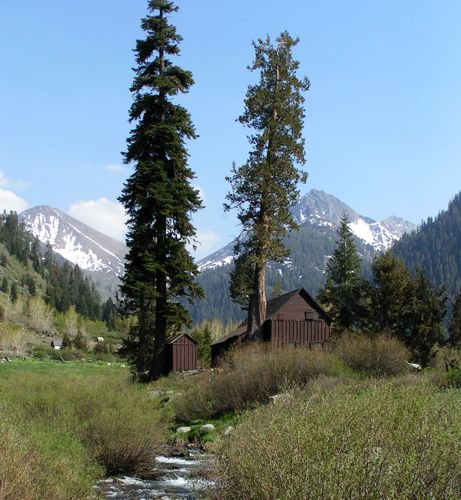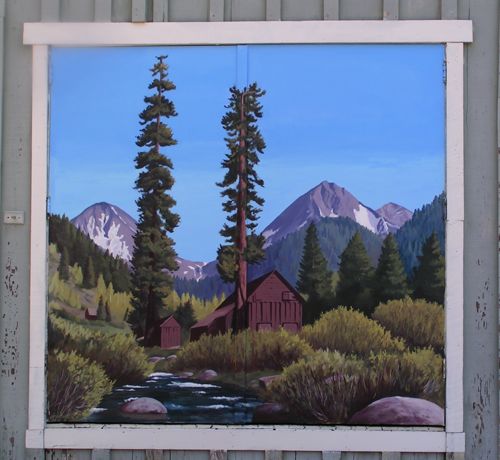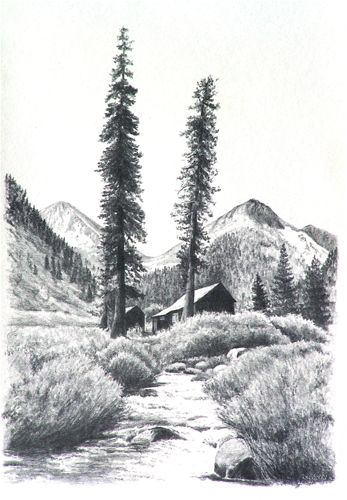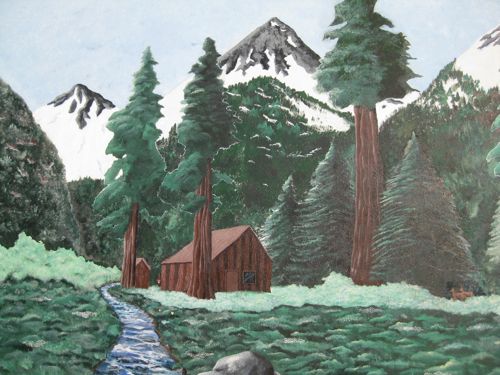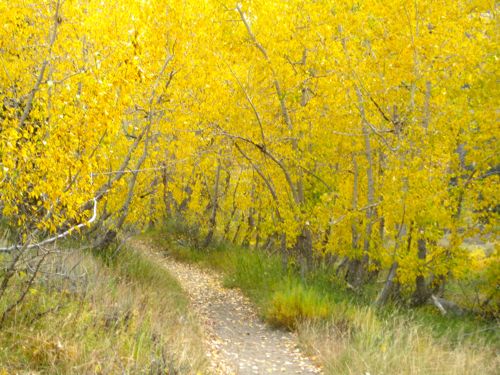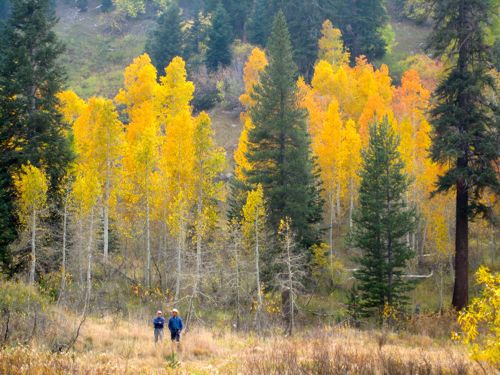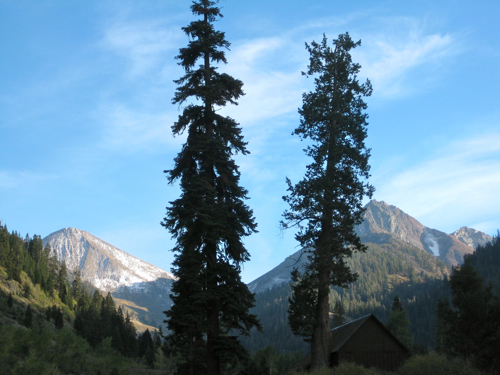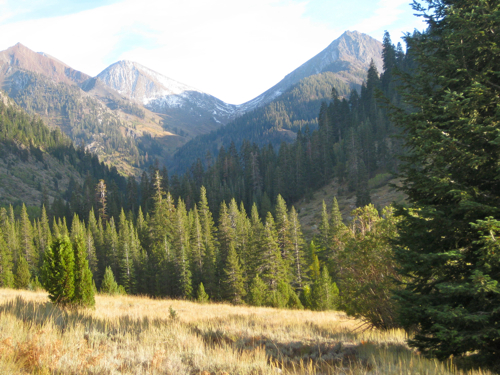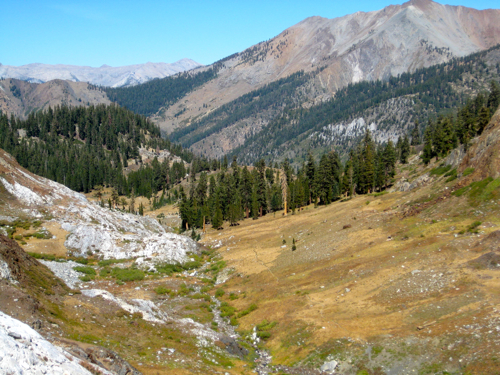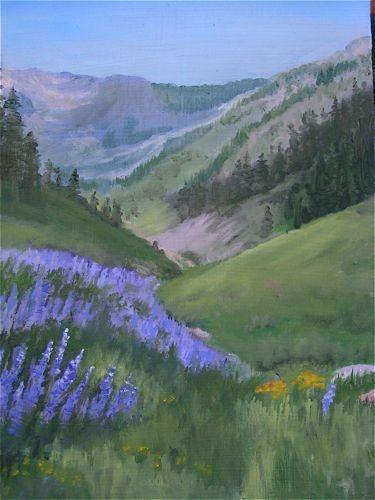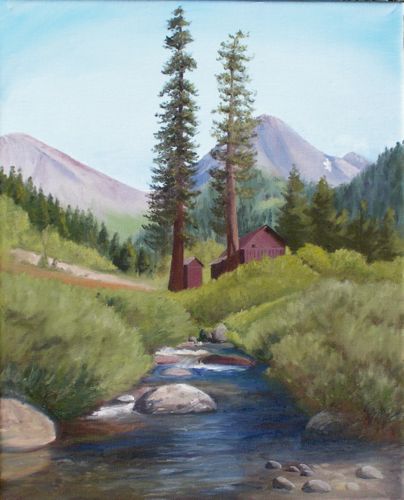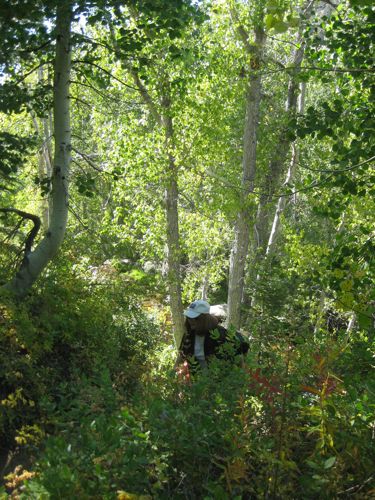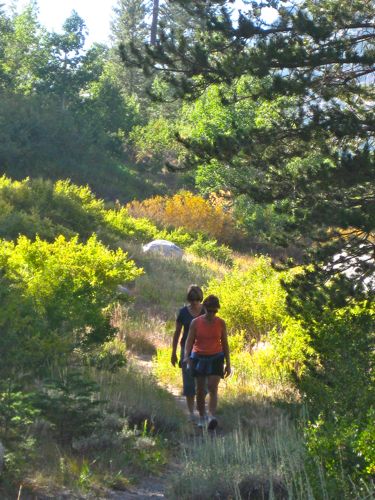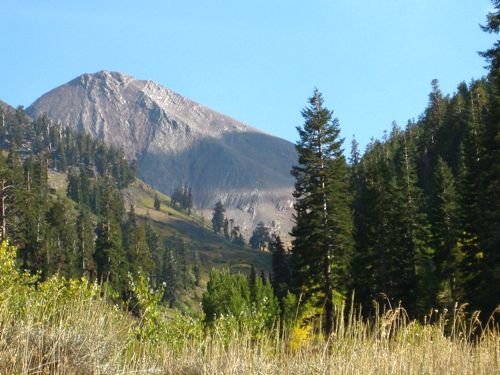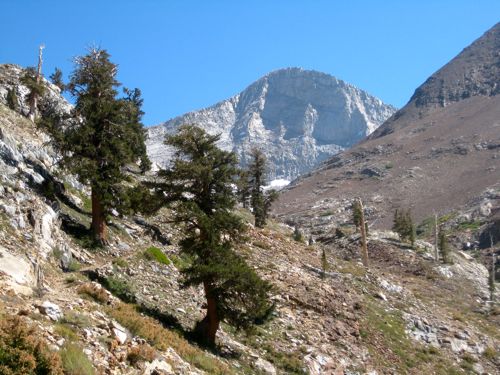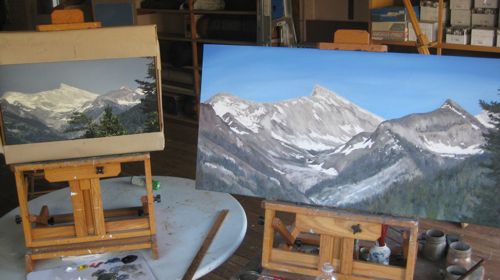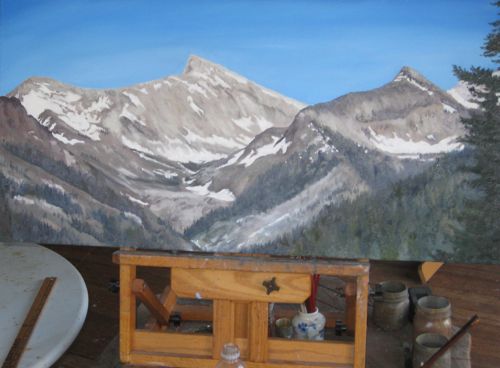This will be a four parter, and thank you to Bill T. a workshop participant for the idea!
There are 3 ways of seeing when one is making 2 dimensional art. “Interpreting” might be a more accurate term here.
1. What we think we see – When we are children, or when we are untrained adults, we tend to put on paper what we think we see. For example, it is a table, we know it is a table, it has a rectangle and 4 sticks for legs, what is the problem?? The problem is the lack of realism, depth, perspective, proportion and believability. This isn’t a problem if you are 5 years old, but when you begin to understand more of life, it is highly discouraging to realize that your drawing isn’t as great as your Grandma thought.
2. What we really see – As we learn what is really in front of us visually, our work becomes more realistic. We can see distance, and things make sense. One of the tools for achieving this type of accuracy is the simple step of working upside down. No, I don’t mean standing on your head – this doesn’t work for plein air! Turn both your photo and your drawing upside down and the result will first be confusion. Then, your brain will shift into its right-seeing mode (right in both senses of the word), and your shapes will become proportioned correctly.
3. What we wish we could see – One day, we realize that real life isn’t all that grand to look at. Wouldn’t it all look better if we could just edit out the telephone lines, the power poles, the scruffy branches and the garbage cans? In fact, what if we could scoot that mountain over a bit (even without the faith of a mustard seed!) and perhaps reroute that stream? As our skills and confidence grow, we realize we can! “I’m fifty-one and I can do whatever I want! Besides, it’s MY picture!” This obviously has a few shortcomings – there are times when reality has to be recorded, but it is good to recognize the times that we as artists get to do our own arranging.
In conclusion to this introductory explanation, have a look at this photo of Farewell Gap. It will be the basis for illustrating the 3 ways of interpreting what we see.
